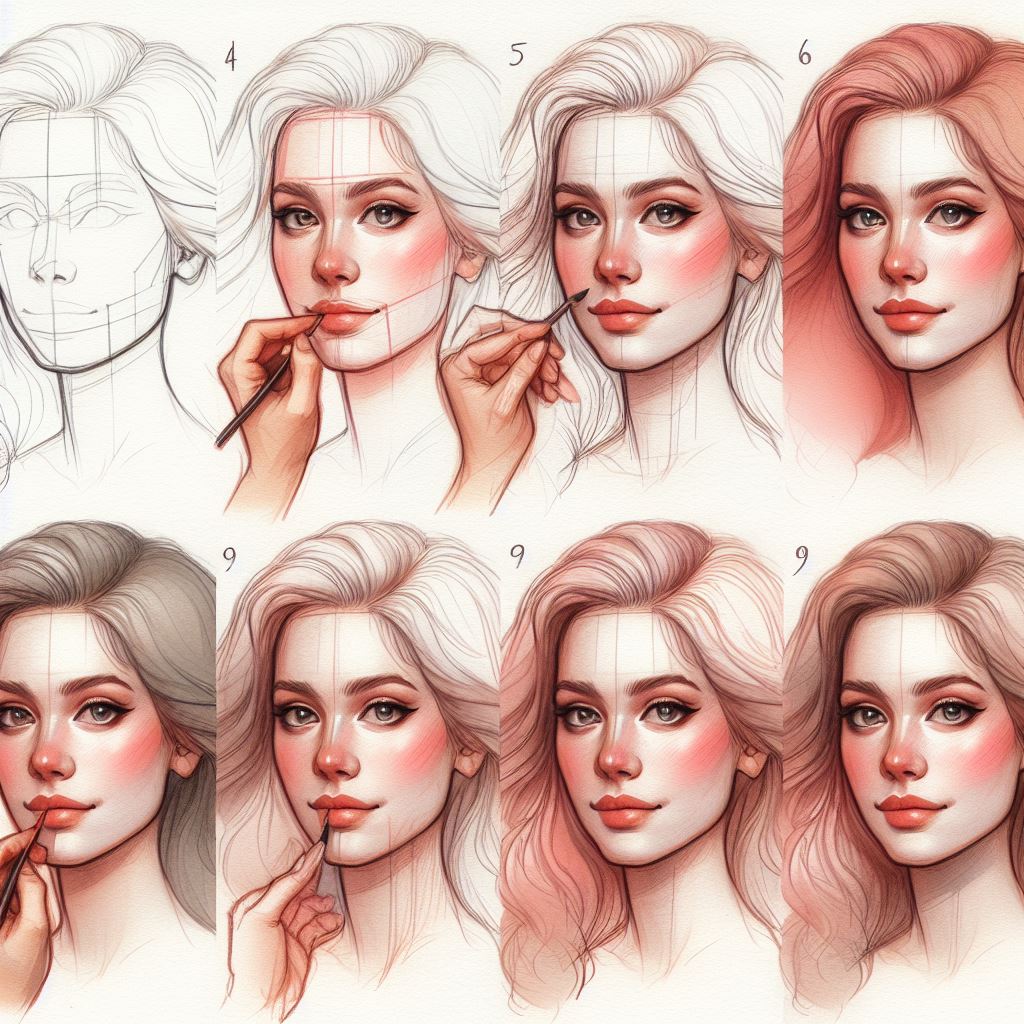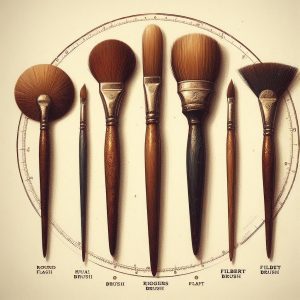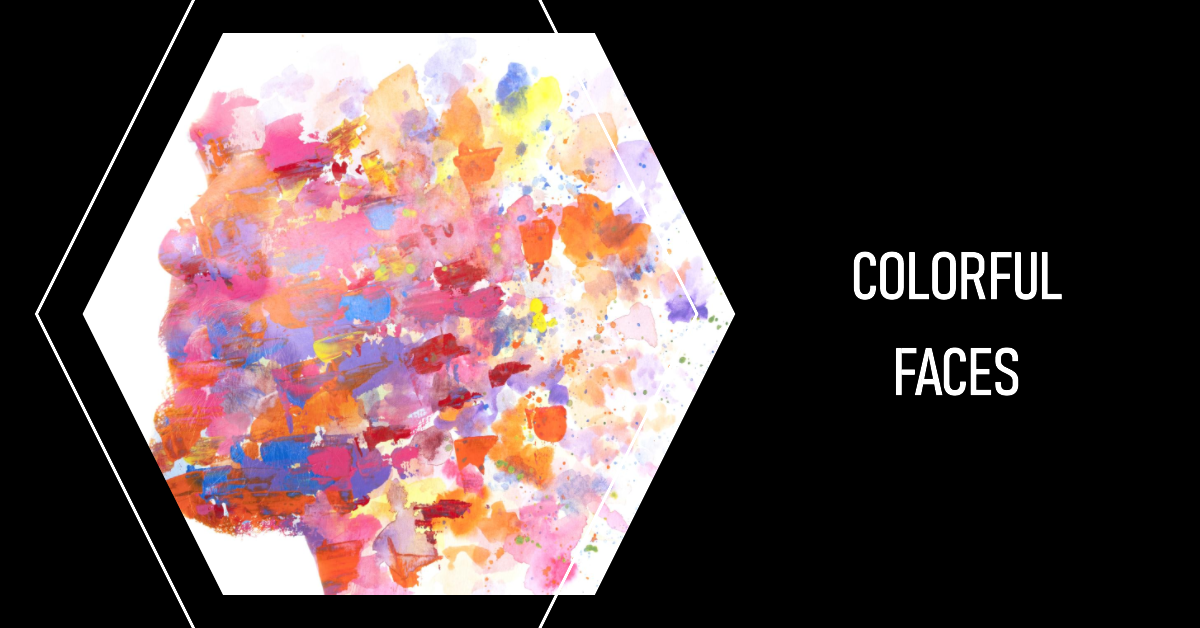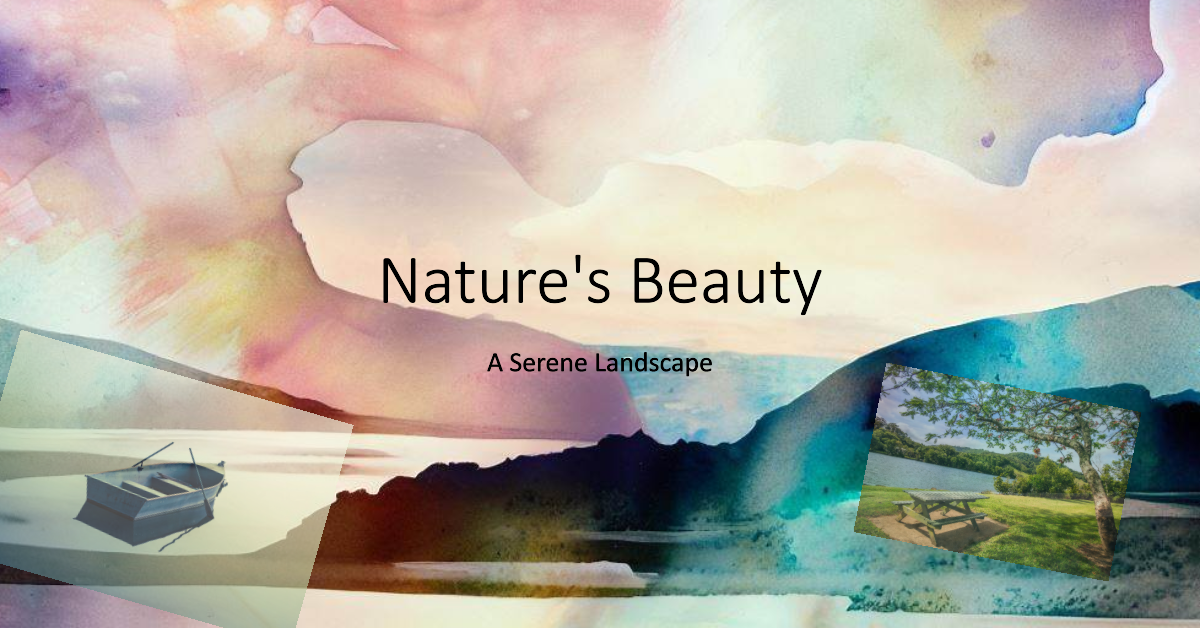
Using the Right Brushes for Advanced Effects
Watercolor is an incredibly versatile medium that allows artists to achieve beautiful, atmospheric effects. However, mastering advanced watercolor techniques takes time and practice with the proper tools. In this guide, we’ll explore different brush types and how to use them to take your skills to the next level.
As anyone who has worked with watercolors knows, the brush is extremely important for control and subtle color blending. For advanced techniques, you’ll want brushes made of natural hair like sable or squirrel. They hold delicate color washes and subtle brushstrokes better than synthetic fibers.

Some key brushes to have in your kit include:
- Round brushes in sizes 0-10 for controlled strokes and details
- Flat brushes for washes and blending larger areas
- Rigger brush for fine linear work
- Filbert brush for soft edges
Having a variety of sizes for each brush type will allow you achieve different effects. Be sure to test how each brush holds and releases water so you can predict color dispersion. The right brush is essential for nuanced advanced watercolor techniques.
Examples of Advanced Watercolor Techniques
Now that you have the proper tools, let’s explore some specific advanced watercolor techniques to take your work to a new level:
Wet-on-Wet Technique
Perhaps the most famous watercolor method is wet-on-wet, where color is applied to a wet surface. This creates soft, atmospheric blending that can suggest clouds, foliage, or reflections. It takes practice to understand how pigments move on wet paper. Try practicing large wet washes with your round brushes to master this effect.
Glazing
Glazing lays down multiple thin, transparent layers of color to build depth and shadows. Work from light to dark, allowing each layer to dry fully before adding the next. Glazing takes patience but creates beautifully luminous paintings. Practice glazing small areas with your rounds and flats.
Scraping out Highlights
After colors are laid down, use a clean brush or the edge of a paper towel to scrape or lift pigment from the page for highlights. This lends a sense of depth. Try scraping small highlights in practice swatches before adding them to paintings.
Using Different Consistencies
Watercolor has incredible versatility based on how much water is used. Experienced painters learn to control color from dry brush strokes to thin washes to create texture. Practice layering strokes of different consistencies in small studies to learn this control.
Masking Fluid and Resists
Masking fluid creates hard edges when applied before color and peeled off after drying. Resist techniques like salt also push pigment around. Try masking or salting small areas, then glazing color over and removing the resist to see the effect.
As you can see, advanced watercolor techniques offer endless creative possibilities, but take practice to fully control. Keep experimenting with the methods discussed here until they become second nature. The journey is part of the fun of mastering this beautiful medium.
Table: Key Brush Types for Advanced Technique
| Brush Type (with Shop Link) | Uses |
| Round brushes | Washes, blended color, details |
| Flat brushes | Large washes, blending |
| Rigger brush | Fine lines, details |
| Filbert brush | Soft edges, blended color |
Taking Your Technique to the Next Level
With consistent practice of these advanced watercolor techniques, you’ll find yourself able to control color, value, and brushwork like a seasoned artist. Here are a few tips to keep honing your skills:
- Reference photos of textures like foliage, water, or skin to recreate subtle color blends
- Study paintings by watercolor masters to understand their layering processes
- Consider taking workshops with experienced instructors to get personalized feedback
- Join a local watercolor society to network and gain exposure to new techniques
- Photograph and save your works in progress to analyze process over time
While advanced watercolor techniques may seem daunting at first, keep up enthusiastic experimentation. Staying curious and always learning from nature and other artists will serve you well. Before long, you’ll be leading workshops yourself! The journey of lifelong learning is what makes art so rewarding.
In Conclusion
In this blog post, we explored key brush types, specific advanced watercolor techniques like wet-on-wet and glazing, and tips for continued self-study. Remember that practice is paramount for building nuanced brushwork skills and understanding how to manipulate washes and layers. Reference materials, studying other artists, workshops, and watercolor societies can also supplement your learning. With dedication to experimentation and exploration, you too can master the subtle effects that define an advanced watercolor technique portfolio. The journey is what makes art so worthwhile – now get out there and keep practicing!

